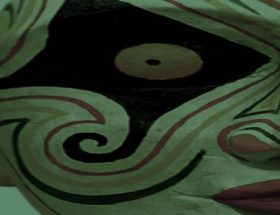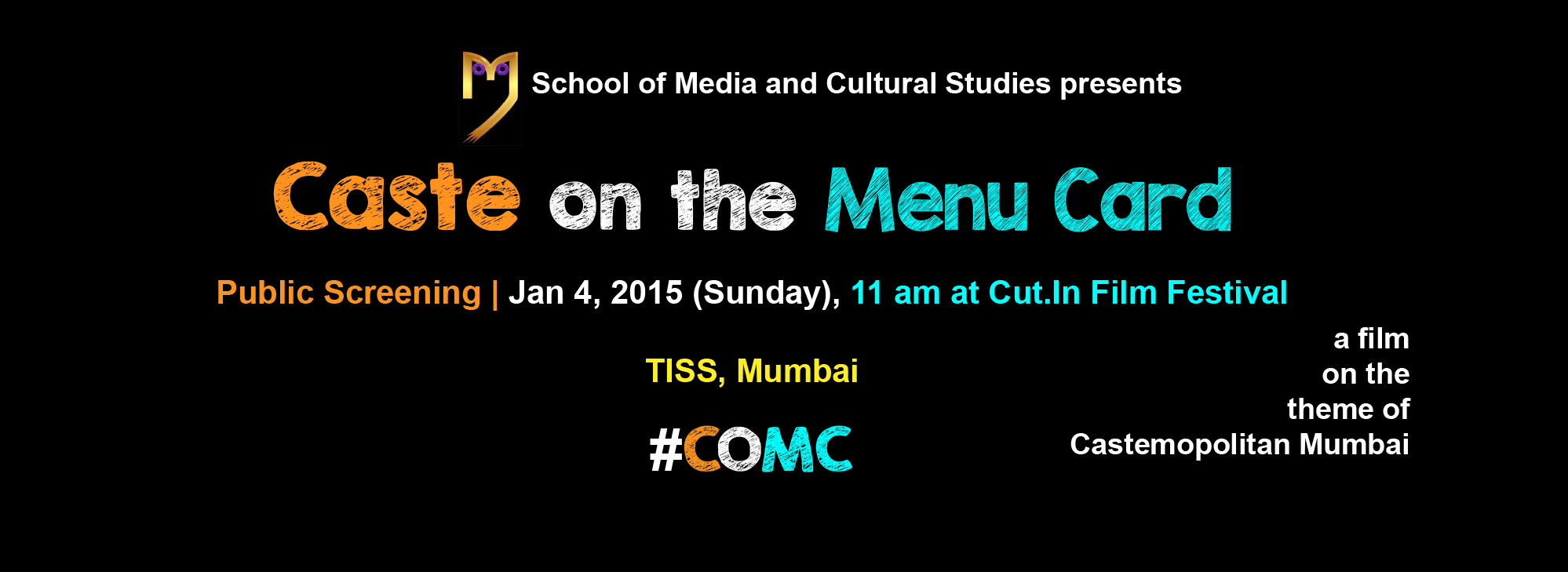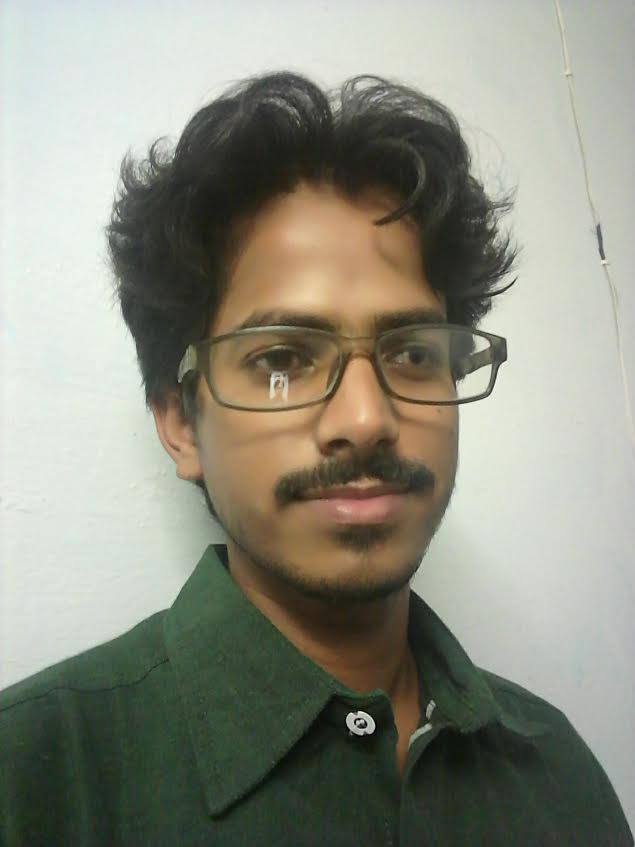Dr. Dhammasangini Ramagorakh
 Major states in India have one or two influential non-brahmin leaders and all of them are in their old age – like Sharad Pawar, Lalu Prasad, Sharad Yadav. (Mulayam Singh Yadav is also in my head, he has troubled Behenji so much. And because of Lalu and Nitish Kumar’s deeds Ram Vilas Paswan entered into BJP’s camp!) What is the reason for me (as an Ambedkarite) to be OK, if not happy, seeing all these leaders with their non-brahmin background in politics? The simple answer is that these leaders make the fight against brahmanism/hindutva easier.
Major states in India have one or two influential non-brahmin leaders and all of them are in their old age – like Sharad Pawar, Lalu Prasad, Sharad Yadav. (Mulayam Singh Yadav is also in my head, he has troubled Behenji so much. And because of Lalu and Nitish Kumar’s deeds Ram Vilas Paswan entered into BJP’s camp!) What is the reason for me (as an Ambedkarite) to be OK, if not happy, seeing all these leaders with their non-brahmin background in politics? The simple answer is that these leaders make the fight against brahmanism/hindutva easier.
But frankly, among all these, I used to like Karunanidhi more. Karunanidhi passed away a few days ago and I felt like the stalwart of the non-brahmin movement has gone. I liked Karunanidhi because he always fought against Hindi and hindutva by walking on the path of Ayothidasar and Periyar. He made great efforts for marching ahead by holding the line of Dravidian/Tamil cultural nationalism. Today, we can see the appearance of brahmanical fog in contemporary politics in Tamil Nadu. By this we can estimate very well that Karunanidhi was the last breath of the non-brahmin and Dravidian movement. Now that breath has stopped.
The other leaders mentioned earlier purely follow the non-brahmin line but Karunanidhi could cross that line and march at least towards the line of A-brahminism. This could have happened because of his Tamil and Dravidian identity. Tamil and Dravidian identity are fundamentally against hindutva and Aryan rejuvenation. I feel that the non-brahmin point of view or perspective should cross its boundaries and move beyond brahmin hate so that brahmins get space to debrahmanise themselves.
The movement of Dravidian/Tamil nationalism goes against Aryans, hinduism and hindutva hence it is a hundred times better than Marathi language based identity politics in Maharashtra because it is more people centric comparatively. ‘Marathi manus’ and politics based on Marathi language has taken shelter under the hindutva umbrella hence it cannot be called as people centric. But all the states having legacy of non-brahmin movement or which nurture such kind of politics suffer limitations that these movements or politics are not centred around annihilation of caste. This is the reason why Karunanidhi also could not gain support from Tamil Ambedkarites and it is the same with other states.
Somehow, by forging a weak alliance with Dalit leader Thirumavalavan, Karunanidhi or Stalin could manage to run the show. In the last assembly elections, Thirumavalavan made alliance with left parties (left democratic front) as no respectful negotiations happened and with the rise of nepotism in DMK. Karunanidhi had to quit from power because his party could not respect autonomous politics of Dalits and the bad effect of this was that power went into the hands of Jayalalithaa who had a soft corner for BJP.
Now there is a good bond between Thirumavalavan and Stalin who is the current DMK leader after Karunanidhi. I expect this bond should reach holistic political maturity. For this it is important Stalin understands the Dalit movement, going beyond Dravidian/Tamil identity. A similar situation exists in Maharashtra. In Uttar Pradesh and Bihar as well we see hindutva governments or governments in alliance with hindutva because of immature negotiations between Dalit and Non-brahmin leadership. The leaders I am talking about were really nurtured in non-brahmin politics covertly or overtly. But now their non-brahminness remains confined to power competition. Otherwise these leaders would have done great work of cultural re-establishment or reinterpretation going beyond politics.
Tamil Nadu is at least far ahead in terms of culture, symbolism due to their political awareness and identity against hindutva. This is the reason why people in Tamil Nadu were agitating massively and enthusiastically by hitting images of Lord Ram with slippers, in reaction to hindutva forces who vandalized the statue of Periyar. This clarity about symbols is very much there in Tamil people. In Maharashtra, Shivaji is a symbol for both non-brahmin as well as brahmanical forces showcasing two things. First, the brahmanical conspiracy to appropriate Shivaji and second, the surrender of non-brahmins for gaining a share in political power(when a statue of Shivaji gets vandalized, Shivaji lovers won’t show anger on Ram or Parshuram but somewhere else unnecessarily!).
Sharad Pawar aka Saheb is also a non-brahmin leader who is coherent and mature, raised in the aftermath of the Satyashodhak movement. His mother was in Shetkari Kamgar Party. She was anti-congress but Saheb went into the Congress party. Yashwantrao Chavan, who was first CM of Maharashtra, was a non-brahmin leader who went into the Congress despite his brother being a follower of Satyashodhak ideology and staunchly anti-Congress. These leaders from a non-brahmin background behaved vindictively with the Dalit movement which is unforgivable.
Though Jayalalithaa was brahmin and not a strong opponent of hindutva, AIADMK has remained a non-brahmin party till now. After grabbing power from Karunanidhi, Jayalalithaa started giving water to the farmers through meter initially, but later she turned towards populist programs and policies and sustained her reign. Jayalalithaa and Karunanidhi, leaders who had a hold on the masses, are no more, hence it has become easier for BJP to enter into Tamil land.
In this situation, calculations of Tamil politics depends on how Stalin manages to have friendly and respectful negotiations with Dalits. As of now Thirumavalavan has offered support to Stalin and is standing in his side by saying Karunanidhi’ss death rites should happen at Marina beach. If we have to make the wall strong against BJP in Tamil Nadu, then it is inevitable that Ambedkarite and Dravidian politics have to march together. In this, if Dravidian politics accepts the Ambedkarite vision of annihilation of caste and crosses it own limitations then hindutva politics will be routed all the way.

Thirumavalavan, leader of VCK, offering last respects to Karunanidhi and consoling Stalin.
By taking departure from the Tamil Buddhist cultural movement which degenerated aryan rejuvenation, Periyar choose the path of ‘Atheism’ rather than choosing Ayothidasar’s Tamil Buddhist cultural nationalism. Though Periyar trained in was Ayothidasar’s school, was his choice impacted by Ayothidasar being Dalit? There is scope for suspicion.
In Maharashtra, Maratha centric non-brahmin movement was running on the basis of brahmin hate by taking departure from the inclusive and widespread Satyashodhak movement. And when they got a share in political power, they merged themselves into the Congress. After 1930s, the non-brahmin movement of Maharashtra sheathed their cultural weapons against aryan/vaidik rejuvenation till the recent establishment of Shiv Dharma. Even after the establishment of Shiv Dharma, it is seen that this movement has not become inclusive and broad enough. This non-brahmin movement compares itself with the brahmins but at the same time doesn’t give equal position to Dalits. This is one of the major limitations it has (this applies to other states with a little more intensity. Secular Lalu Prasad who stopped Advani’s rath yatra, is not willing to come up with respectful negotiations with Ram Vilas Paswan. In UP, Mulayam was busy checkmating Mayawati.) What I am saying is that these people don’t have an annihilation of caste centric and anti-hindutva vision.
But among them all I like Kalaignar! Sometimes I felt Sharad Pawar aka Saheb should go back to the line which he left long back.
To understand the non-brahmin movement in all the states, as an Ambedkarite, I am seeing how they keep their relations and their attitudes towards Dalit/ Ambedkarite movements in their respective states. But some people who calls themselves as Ambedkarite, simply glorify non-brahmin politics by highlighting its anti-brahmin stand. What I feel, though Dravidian movement is far ahead than the non-brahmin movement, the fact remains that it has curbed and neglected Dalit/anti-caste politics. Be it Dravidian or non-brahmin, while acknowledging their contributions one should not forget this when it comes to criticism. That’s what I feel as an Ambedkarite.
I salute the Anti-Arya/ Anti-Hindu/Anti-Hindutva stalwart, Great man of Dravida!
~~~
Dr. Dhammasangini Ramagorakh is an activist from Maharashtra and runs RAMAI (Radical AmbedkaritebMahila Association in India) organization.
Translated from Marathi into English by Mahipal Mahamatta.










